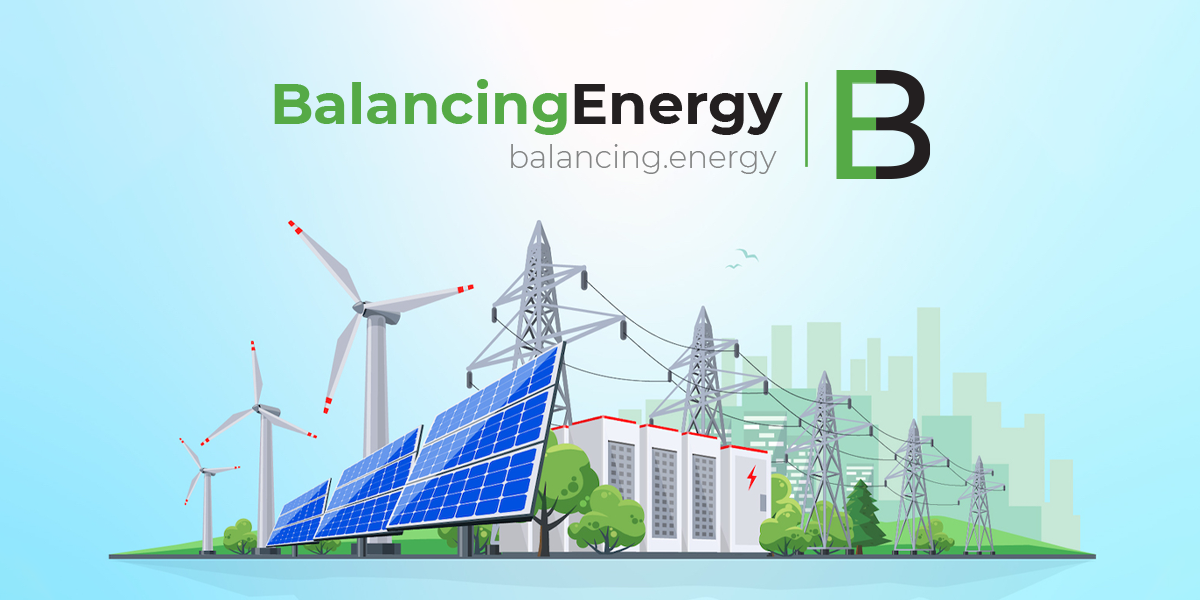Hungary aims to double the amount of geothermal energy in its energy use by 2030 and the government is offering state-subsidised loans to mitigate investors’ risk in research, the Energy Affairs Ministry announced.
Hungary has been among the top five countries in Europe in the direct utilisation of geothermal energy as a clean alternative to fossil fuel in district heating, but due to the country’s geological conditions, it has still vast untapped reserves.
More than 650,000 Hungarian homes are connected to district heating networks, but geothermal energy makes up barely 2% of the country’s heating needs and only three dozen municipalities use it for that purpose. The EU’s largest geothermal heating system is operated by the local government in Szeged, in the southern part of the country, near the Serbian border.
The National Geothermal Strategy aims to boost geothermal energy use from 6.4 PJ to 8 PJ by 2026, then to 12-13 PJ by the start of the coming decade, the ministry said.
The share of geothermal energy in Hungary’s total thermal energy production would rise from 6.5% to 25-30% over that horizon, and the energy source would replace 1-1.2bcm of gas by 2035, it added, which is the equivalent of 15% of the current gas usage of the country. Gas consumption fell 23% to 8.5bcm last year from 11bcm in 2022 due to energy-saving measures, helped by milder weather.
The government is taking a more active role in geothermal energy research and utilization. It estimates that around HUF165bn (€420mn) of funding is needed to create a favourable financial environment for investments.
In the first phase, the energy ministry is launching a HUF34bn state-subsidised investment credit facility for drilling to mitigate investors’ risks. In addition, around HUF20b would be allocated to public institutions to install district heating, intellinews.com reports.










